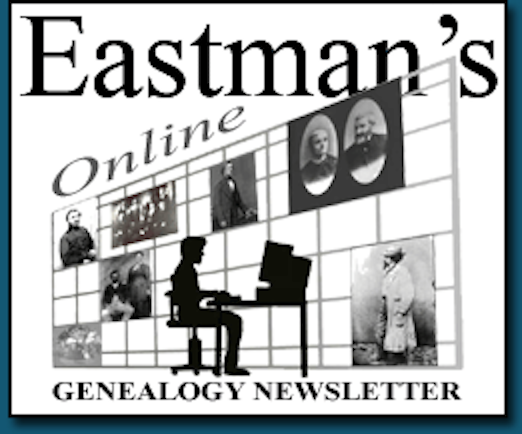
On the eve of Juneteenth, American Ancestors® and the National Urban League® present the profound, free virtual program 10 Million Names: A Conversation About African American Family History and Healing, on Wednesday, June 12, 5:00 to 6:30 pm EDT.
This online gathering features a compelling conversation between two prominent figures: Marc H. Morial, President and CEO of the National Urban League, and Kenyatta D. Berry, acclaimed genealogist, entrepreneur, television host of PBS’s Genealogy Roadshow, and author. Registration for the virtual event is open at tinyurl.com/2pz3uauf.
This isn’t just an event. It’s a homecoming. This special event honors the lives, stories, and legacies of the 10 million enslaved African American men, women, and children whose names and histories were systematically erased by slavery—and celebrates the modern descendants reclaiming those stories today. Together, we will Recover. Restore. Remember.
10 Million Names is a collaborative project dedicated to recovering the names of the estimated 10 million men, women, and children of African descent who were enslaved in pre- and post-colonial America (specifically, the territory that would become the United States) between the 1500s and 1865. The project seeks to amplify the voices of people who have been telling their family stories for centuries, connect researchers and data partners with people seeking answers to family history questions, and expand access to data, resources, and information about enslaved African Americans.
There are at least 44 million descendants of enslaved individuals living today, but slavery separated families, erased names, and obscured facts. The 10 Million Names Project, launched by American Ancestors and its partners in 2023, aims to connect the family stories of these descendants to the 10 million men, women, and children of African descent who were enslaved in the U.S. prior to emancipation and to restore their names to history.
Featured Guests and Highlights:
Marc H. Morial, President and CEO of the National Urban League, will share personal reflections on his own ancestry, identity, and legacy in a live conversation with Kenyatta D. Berry, a pioneer in African American genealogy and a passionate advocate for the power of knowing one’s roots. The conversation will culminate in a special live reveal by Kenyatta Berry—sharing new research into Marc Morial’s personal family history.
The evening will also feature the debut of a short impact reel showcasing the progress of 10 Million Names, including the more than one million names already recovered.
About 10 Million Names
10 Million Names is a collaborative project dedicated to recovering the names of the estimated 10 million men, women, and children of African descent who were enslaved in pre- and post-colonial America (specifically, the territory that would become the United States) between the 1500s and 1865. The project seeks to amplify the voices of people who have been telling their family stories for centuries, connect researchers and data partners with people seeking answers to family history questions, and expand access to data, resources, and information about enslaved African Americans. For more information, visit 10millionnames.org.
About American Ancestors
American Ancestors® is a national nonprofit center for family history, heritage & culture based in Boston, Massachusetts that has been setting the gold standard for genealogical research since its founding in 1845. Today, American Ancestors serves 400K+ members and subscribers through AmericanAncestors.org, one of the world’s largest online collections of family history resources. In 2025, American Ancestors launched the Family Heritage Experience, an interactive, state-of-the-art exhibition that introduces visitors to the joy of family history research, located at 97 Newbury Street at our headquarters in Boston. American Ancestors is also home to the Wyner Family Jewish Heritage Center, which preserves New England’s Jewish history, and 10 Million Names, a project dedicated to finding the names of the enslaved men, women, and children in pre- and post-colonial America before emancipation. For more information,
visit americanancestors.org.
About National Urban League
The National Urban League is a historic civil rights organization dedicated to economic empowerment, equality, and social justice. Founded in 1910 and headquartered in New York City, the Urban League collaborates at the national and local levels with community leaders, policymakers, and corporate partners to elevate the standards of living for African Americans and other historically underserved groups. The organization spearheads the efforts of its local affiliates through the development of programs, public policy research, and advocacy. Today, the National Urban League has 92 affiliates serving 300 communities in 37 states and the District of Columbia, providing direct services that impact and improve the lives of more than two million people nationwide. The League promotes economic empowerment through education and job training, housing and community development, workforce development, entrepreneurship, health, and quality of life.
For more information, visit nul.org.
Photo credit: Marc H. Morial
 Latest News Articles
Latest News Articles Do you have an RSS newsreader? You may prefer to use this newsletter's RSS feed at:
Do you have an RSS newsreader? You may prefer to use this newsletter's RSS feed at: